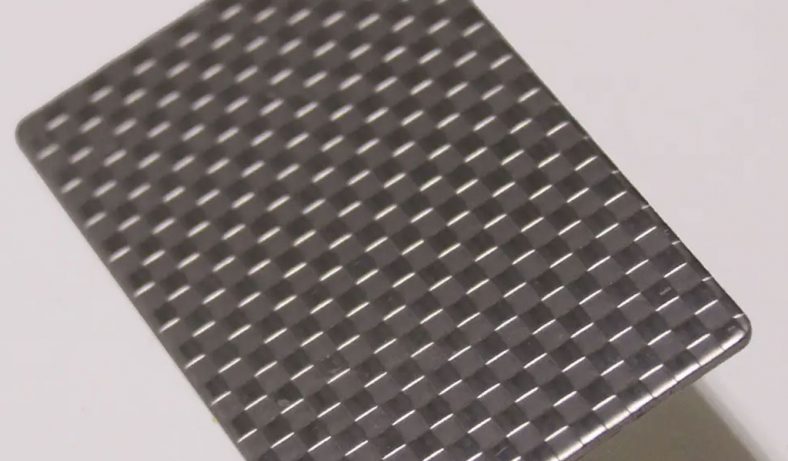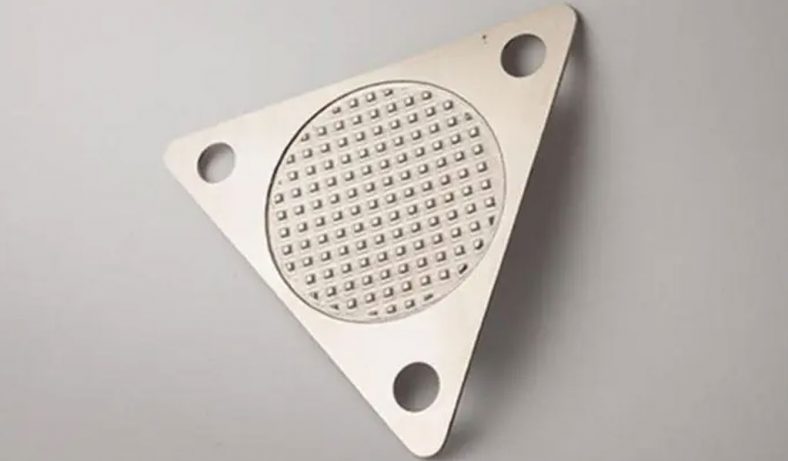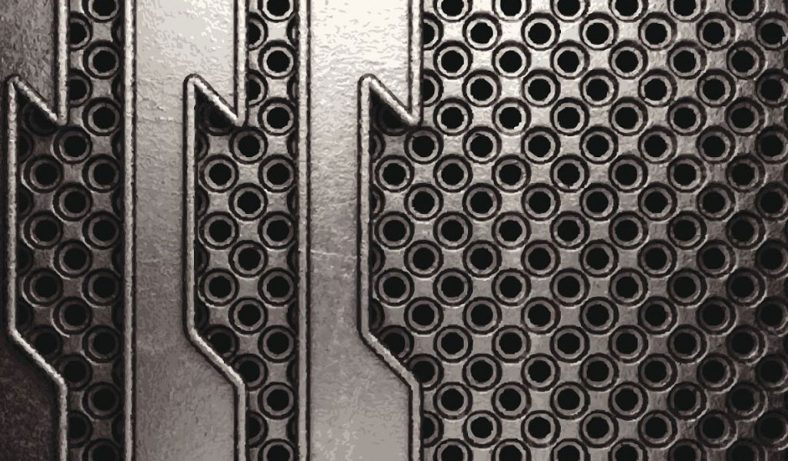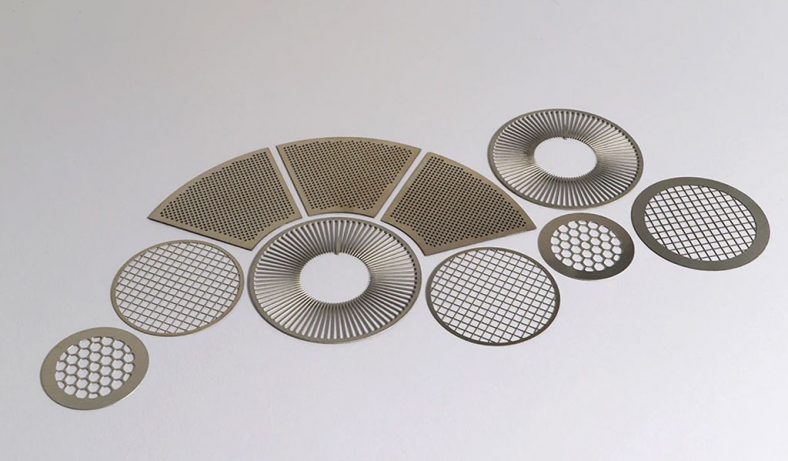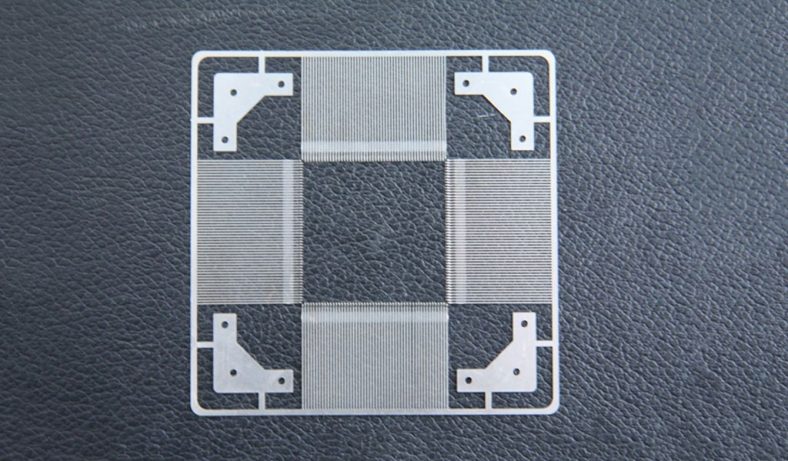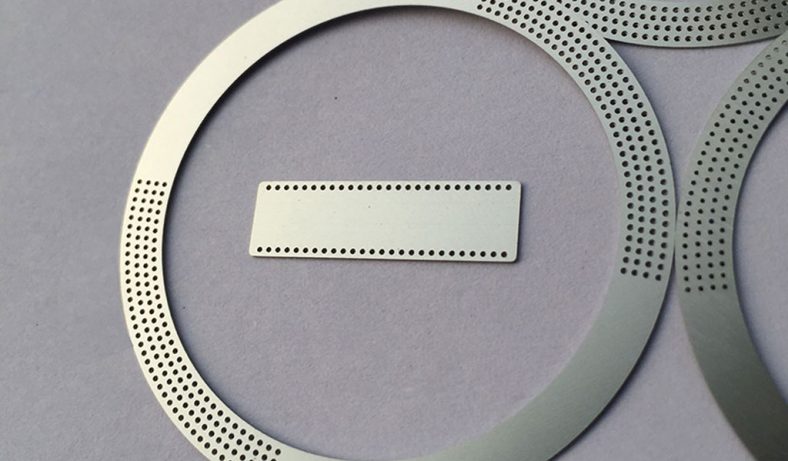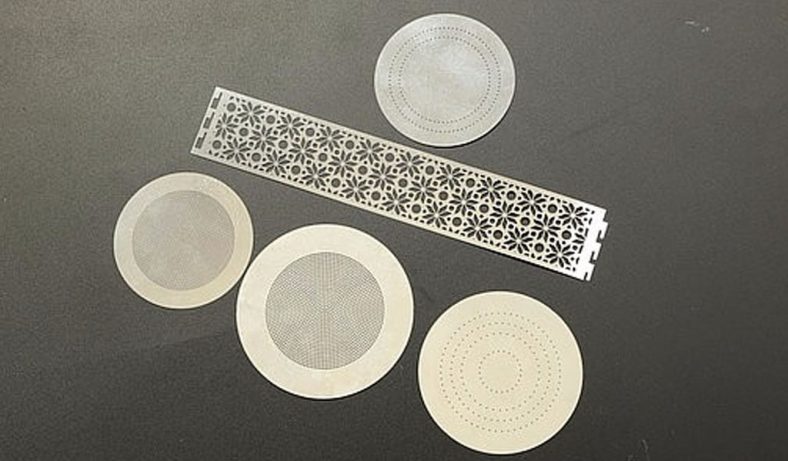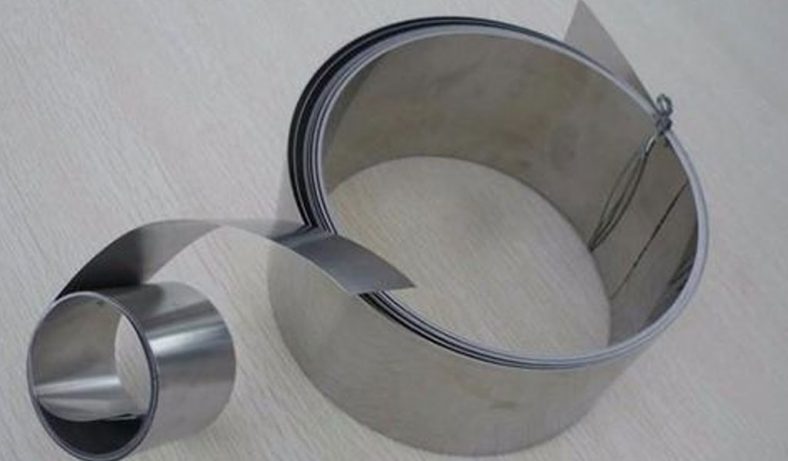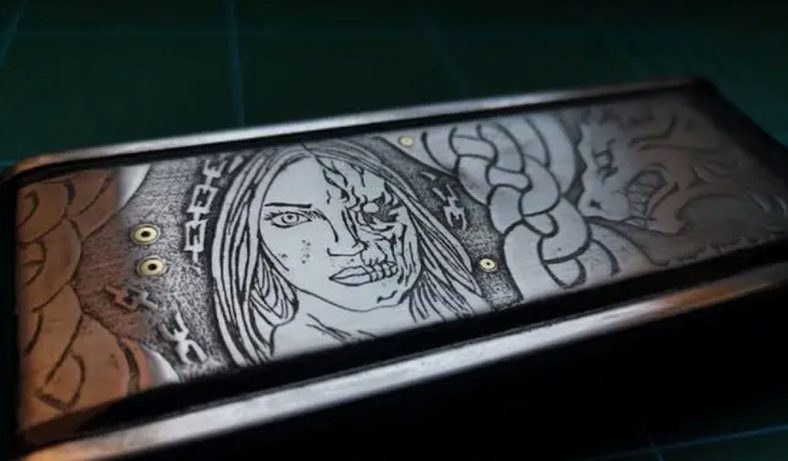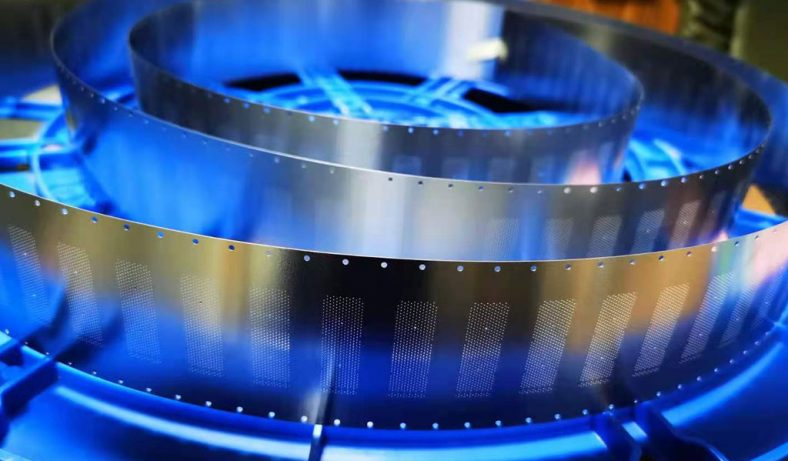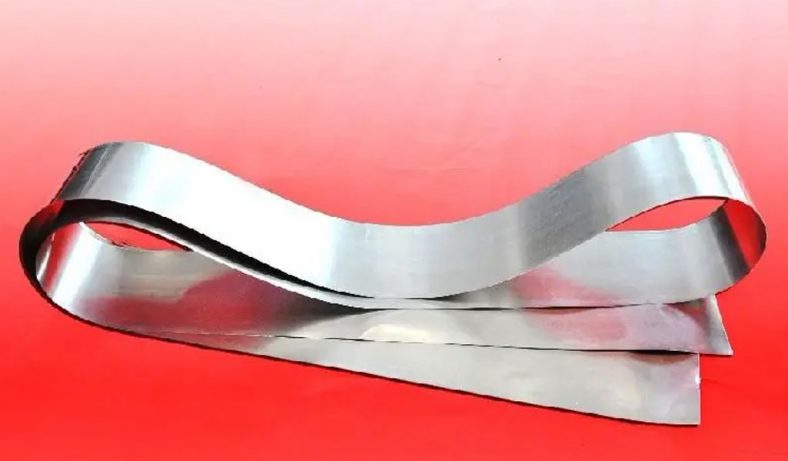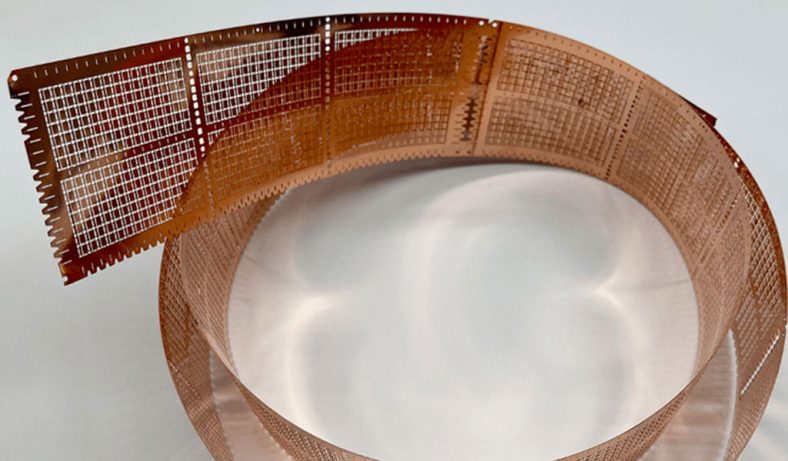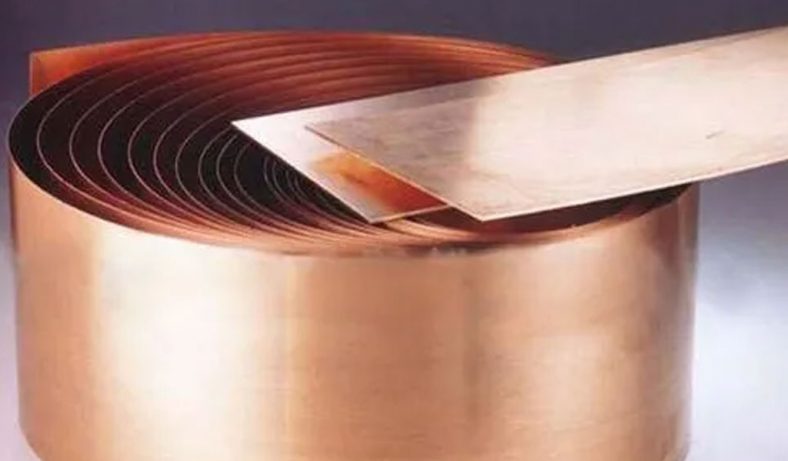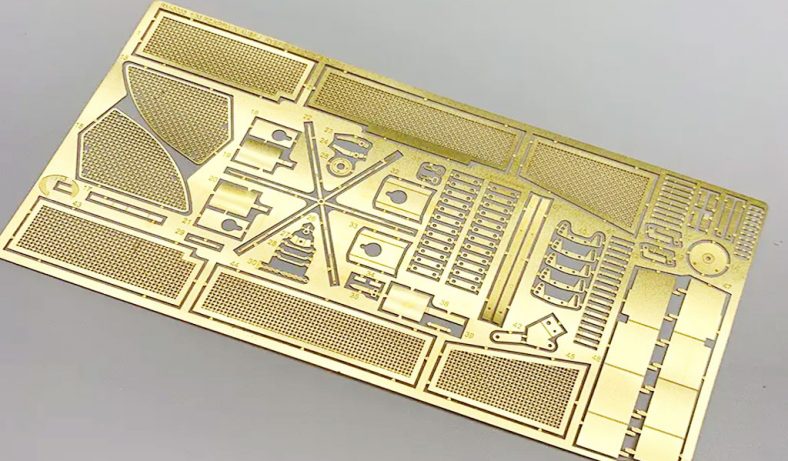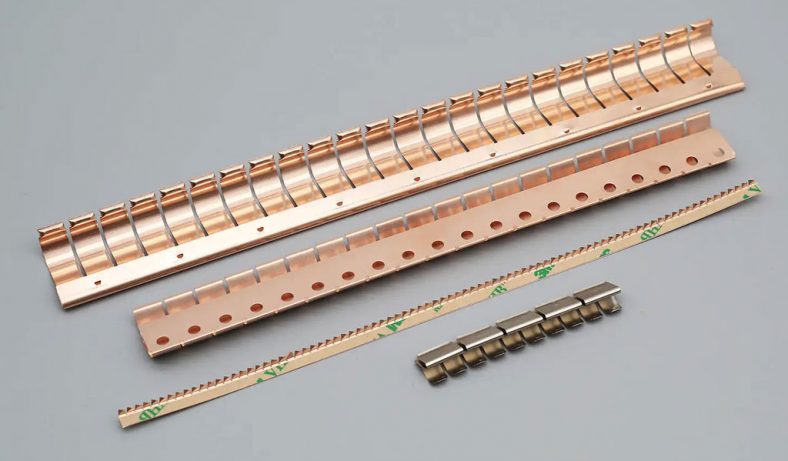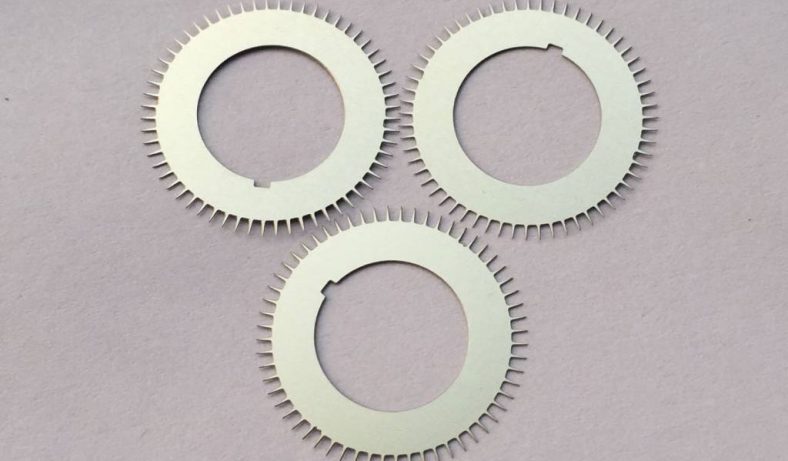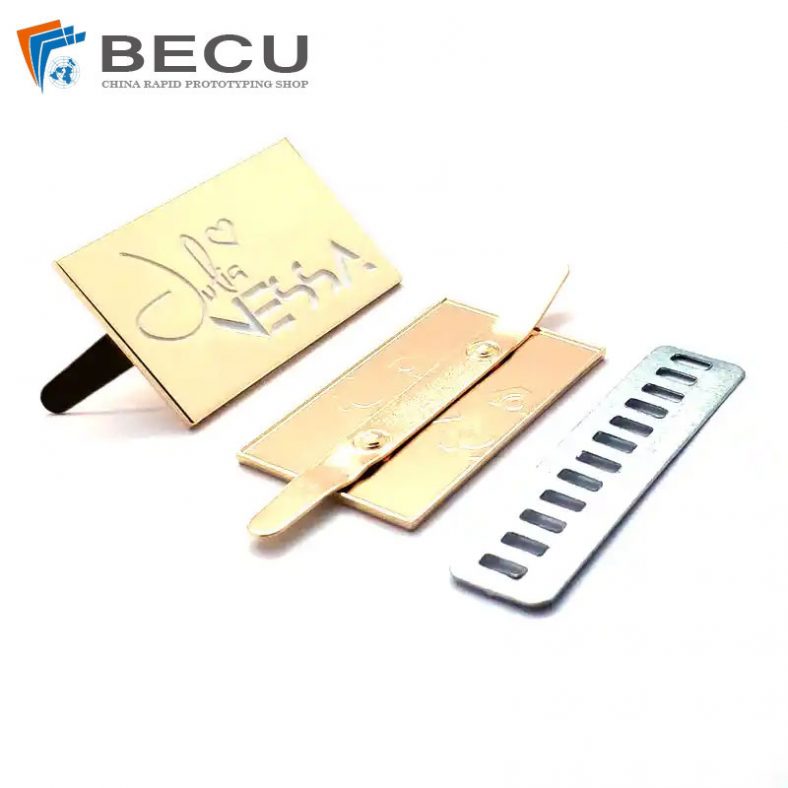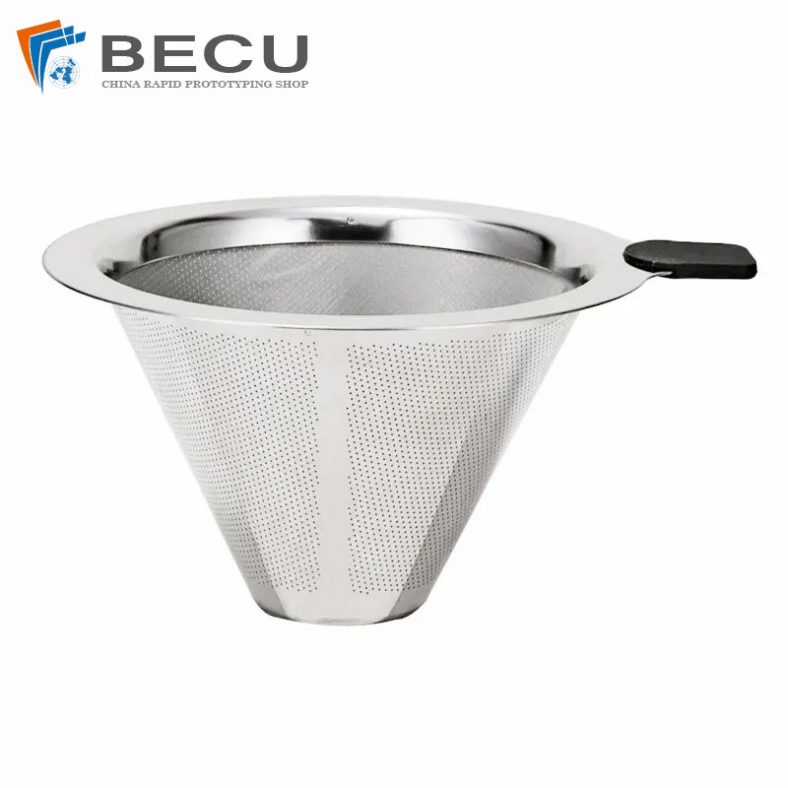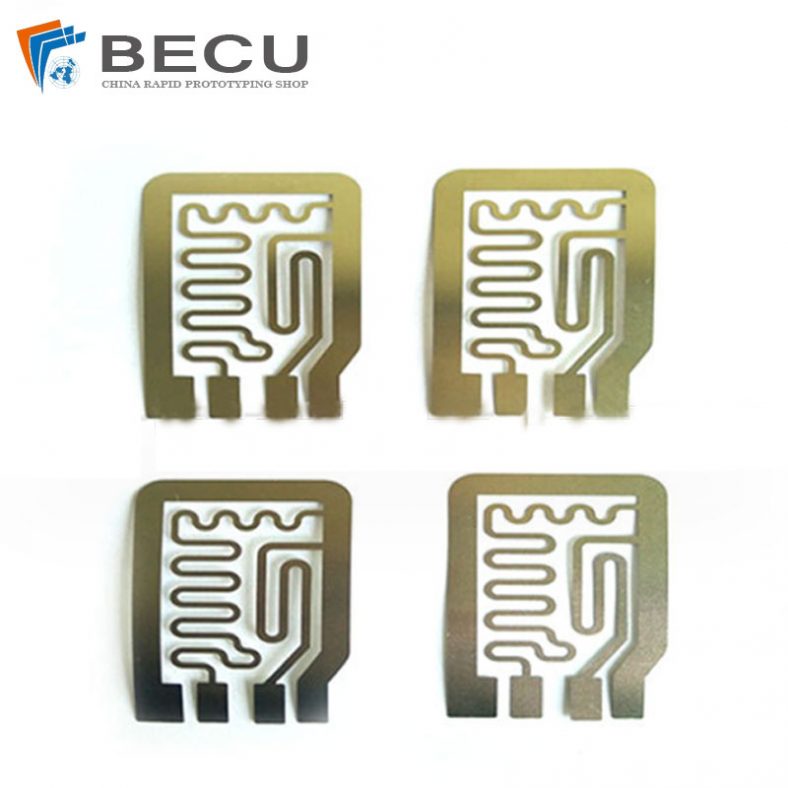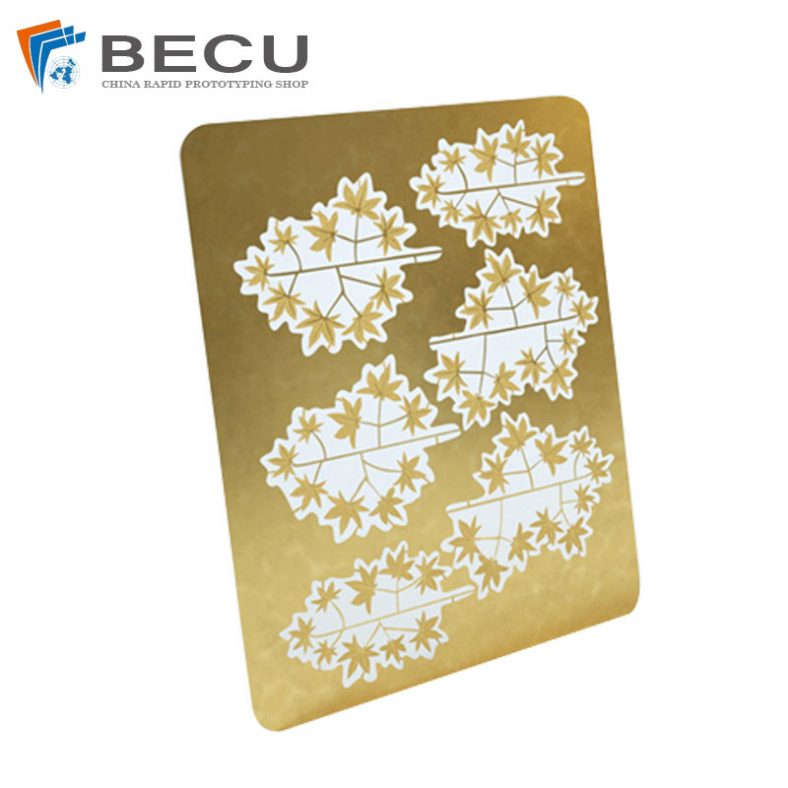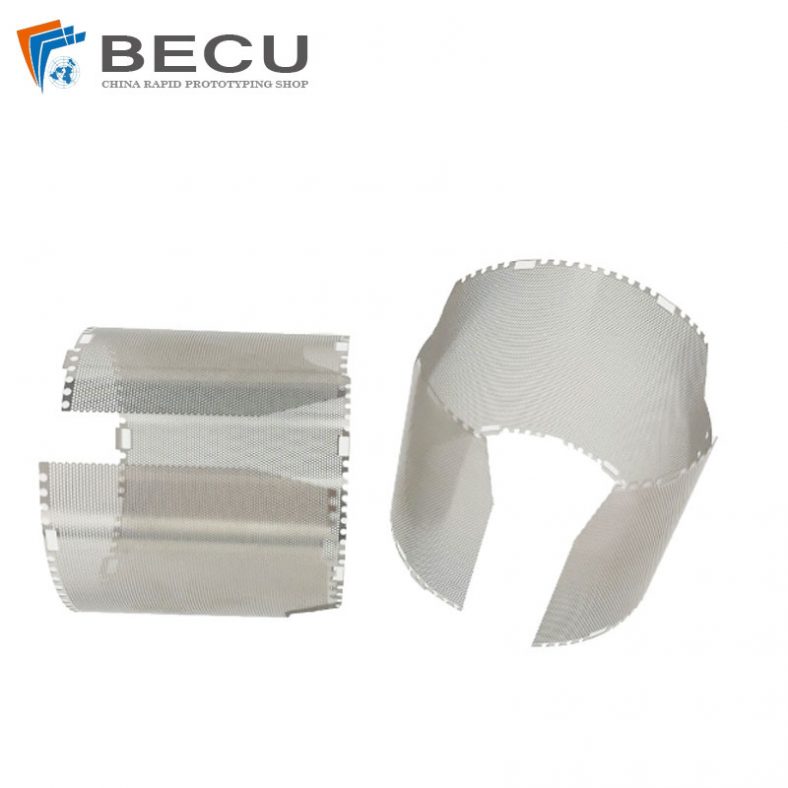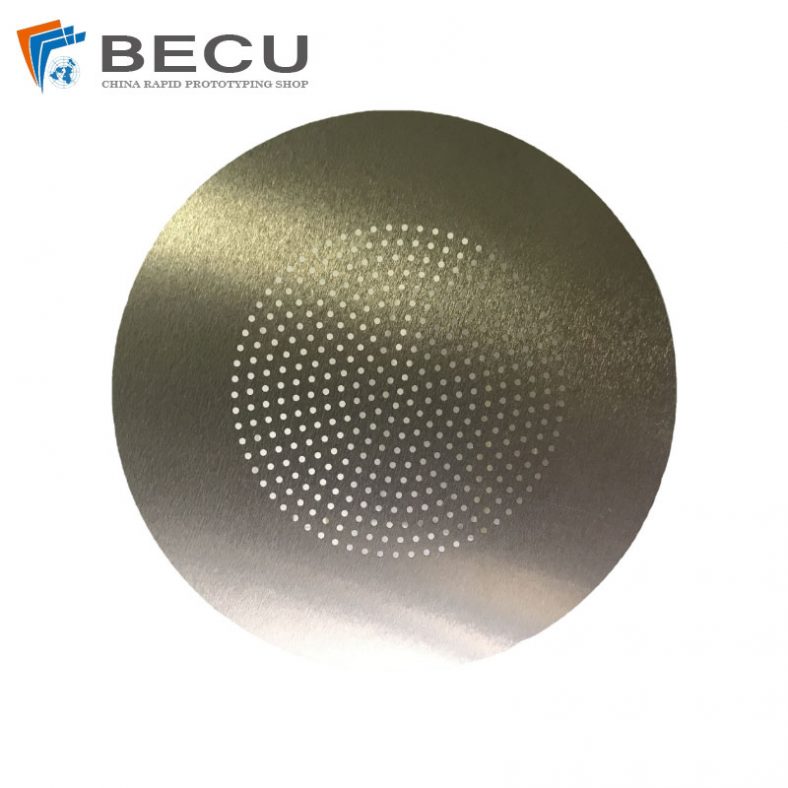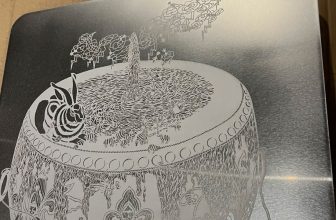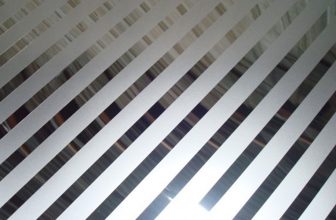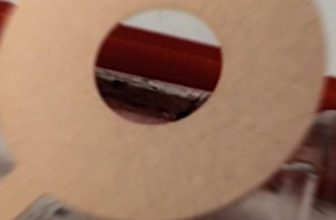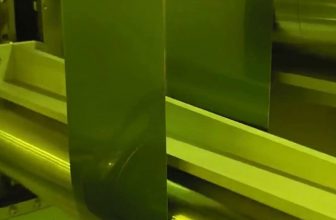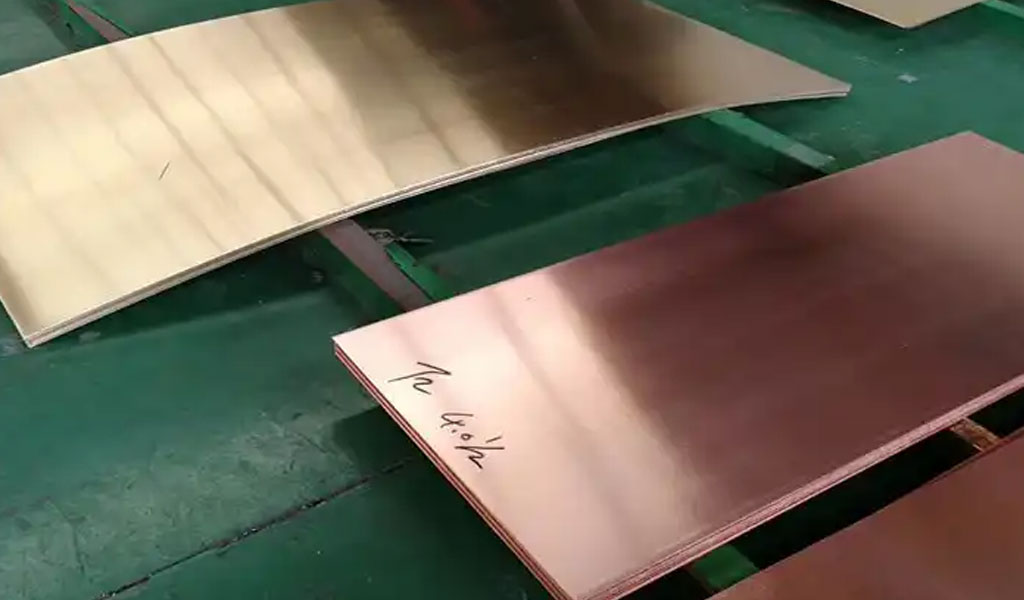
Deep drawing is a metalworking process used to transform a flat metal sheet into a three-dimensional shape. The process involves the use of a punch and die, where a flat sheet is drawn into a die cavity by the action of a punch. This technique is often employed for creating complex shapes, such as cans, housings, and other components, and is widely used across industries such as automotive, electronics, and household appliances. When it comes to materials, brass—an alloy of copper and zinc—is a favored choice due to its excellent corrosion resistance, machinability, and aesthetic appeal. Brass products are used in a wide variety of applications, from decorative items and electrical connectors to plumbing fittings and musical instruments.
The deep drawing of brass products involves several critical steps, from material preparation to post-processing treatments. This article provides a comprehensive overview of the deep drawing process as applied to brass, covering the principles of deep drawing, brass alloy selection, tooling considerations, process parameters, challenges, and applications.
1. Introduction to Deep Drawing
Deep drawing is one of the most common and versatile forming processes used for shaping metal sheets into hollow parts. It is distinct from other forming techniques such as stamping or punching due to the fact that the material is drawn into a die cavity, rather than being compressed or cut. The process begins with a flat blank of material, which is clamped in place and drawn through a die by a punch. The drawing operation gradually elongates the material, reducing its thickness and shaping it into the desired form.
Brass, with its combination of ductility and strength, is an ideal material for deep drawing. While brass is generally more difficult to form than pure copper due to its higher strength, it is more malleable and has superior corrosion resistance compared to many other metals. Brass alloys, particularly those with higher zinc content, are commonly used in deep drawing applications due to their favorable mechanical properties.
2. Material Selection: Brass Alloys for Deep Drawing
The selection of an appropriate brass alloy is a critical step in deep drawing. Brass alloys are classified by the percentage of copper and zinc they contain, and they can be further alloyed with other metals such as lead, tin, or iron to improve specific properties.
The most common brass alloys used in deep drawing include:
- C36000 (Free-Cutting Brass): Composed primarily of copper and zinc with a small addition of lead, C36000 is easy to machine and has excellent formability. However, its lead content makes it unsuitable for applications where the final product must meet stringent environmental standards.
- C22000 (Commercial Bronze): This alloy has a higher copper content, typically around 90%, and is known for its excellent corrosion resistance, especially in marine and industrial environments. C22000 brass is more challenging to draw than C36000, but it is preferred for parts requiring higher durability.
- C27000 (Plain Brass): This is a general-purpose brass alloy with a balanced copper and zinc ratio, making it suitable for a wide range of applications. It offers a good balance between strength, formability, and corrosion resistance, making it ideal for deep drawing applications.
- C28000 (Low-Lead Brass): Often used in applications that require resistance to stress corrosion cracking and good machinability, C28000 is a low-lead brass alloy that is commonly used in deep drawing processes where environmental concerns are less critical.
In choosing a brass alloy for deep drawing, factors such as strength, ductility, corrosion resistance, and machinability must be considered. The formability of brass decreases with an increase in zinc content, so alloys with lower zinc concentrations (such as C22000) may require different processing parameters compared to high-zinc alloys (such as C36000).
3. The Deep Drawing Process
The deep drawing process itself is highly complex, involving various stages that must be carefully controlled to avoid defects. The key stages in deep drawing are as follows:
- Blanking: This is the initial step in which a flat sheet of brass (the “blank”) is cut to a size slightly larger than the final desired shape. The blank is typically stamped from a larger sheet using a punch and die.
- Clamping: The blank is placed into the die, and a blank holder, which is a component of the tooling, holds the blank in place. The blank holder helps to prevent the edges of the material from wrinkling during the drawing process and ensures that the material is evenly drawn.
- Drawing: The punch then moves downward, pulling the blank into the die cavity. The material is gradually stretched and deformed as it follows the punch, with the thickness of the brass decreasing in the process. The punch continues to draw the material until it reaches the desired shape.
- Redrawing: In many cases, especially for deep or complex parts, the drawing operation is repeated multiple times. After the initial drawing, the part may be removed from the die and reinserted for further drawing to achieve the final depth and shape.
- Trimming: After the final shape has been achieved, the edges of the drawn part are trimmed to remove excess material. This may be done using a cutting tool or shear to achieve the required final dimensions.
- Finishing: Finally, the deep-drawn brass part may undergo additional processes such as surface treatment, polishing, or coating, depending on its intended application.
Throughout the deep drawing process, it is critical to maintain control over factors such as temperature, speed, and lubrication, as these can all affect the outcome of the process.
4. Process Parameters
Several parameters play a crucial role in determining the success of deep drawing, including material properties, tool design, and process conditions. Some of the key parameters include:
- Blank Diameter: The size of the blank is a critical factor, as it determines how much material will need to be drawn into the die. A blank that is too small may lead to insufficient material, while a blank that is too large can cause excessive wrinkling and defects.
- Die Geometry: The shape and design of the die significantly impact the drawing process. A die with sharp corners or inadequate radii may cause tearing or excessive thinning of the brass, while smooth, well-designed dies allow for more controlled deformation.
- Punch Speed: The speed at which the punch moves plays a key role in determining the level of strain on the material. A punch that moves too quickly may cause the material to fracture, while a slower speed may result in excessive forming time, reducing productivity.
- Lubrication: Proper lubrication is essential in deep drawing, especially for materials like brass, which can experience friction-related problems such as galling or tool wear. Lubricants help reduce friction, minimize wear, and improve the surface finish of the brass part.
- Blank Holder Force: The force applied by the blank holder determines how tightly the material is held in place during the drawing operation. If the force is too high, the material may not flow properly; if it is too low, the material may wrinkle or tear.
- Temperature Control: Deep drawing is typically performed at room temperature, but in some cases, materials such as brass may benefit from being heated slightly to reduce their strength and increase ductility. This is known as “warm forming,” and it can help prevent cracking or other defects.
5. Challenges in Deep Drawing Brass
While deep drawing brass is a relatively straightforward process, it is not without its challenges. Some common issues that may arise during the deep drawing of brass include:
- Wrinkling: One of the most common defects in deep drawing, wrinkling occurs when the material buckles or folds as it is drawn into the die. Wrinkling is typically caused by inadequate blank holder force, improper die design, or excessive material thickness.
- Tearing: Brass, particularly high-zinc alloys, can be prone to tearing if the material is drawn too far without adequate lubrication or if the punch speed is too high. Tearing often occurs along the edges or in the deepest parts of the drawing.
- Burring: Burring refers to the formation of thin, raised edges on the part after it is drawn. These can occur due to excessive punch pressure, worn tools, or improper trimming after the drawing process.
- Surface Defects: The brass surface may become scratched, marred, or discolored due to friction, improper lubrication, or tool wear. These defects can significantly impact the aesthetic quality of the final product, especially for decorative or consumer-facing items.
6. Applications of Deep Drawn Brass Products
Deep drawn brass products have widespread applications across many industries due to their combination of strength, ductility, and corrosion resistance. Some common uses include:
- Automotive Components: Brass parts such as housings, connectors, and brackets are commonly used in the automotive industry due to their durability and ability to withstand harsh environments.
- Electrical Connectors: Brass’s excellent conductivity makes it ideal for use in electrical connectors, terminals, and switch components.
- Plumbing Fixtures: Brass is widely used in plumbing for parts such as faucets, valves, and pipe fittings due to its resistance to corrosion and wear.
- Musical Instruments: Many wind instruments, such as trumpets and saxophones, are made from brass due to its excellent acoustic properties.
- Consumer Goods: Brass is often used for decorative items, such as jewelry, buttons, and hardware, due to its aesthetic appeal and ability to be easily shaped.
7. Conclusion
Deep drawing of brass is a critical manufacturing process that combines precision, material science, and engineering to produce high-quality, complex metal parts. The selection of appropriate brass alloys, careful attention to process parameters, and efficient tooling design are essential for achieving successful outcomes in deep drawing applications. With its outstanding mechanical properties and versatility, brass remains a material of choice for a wide range of industries, from automotive and electronics to decorative and medical applications.

